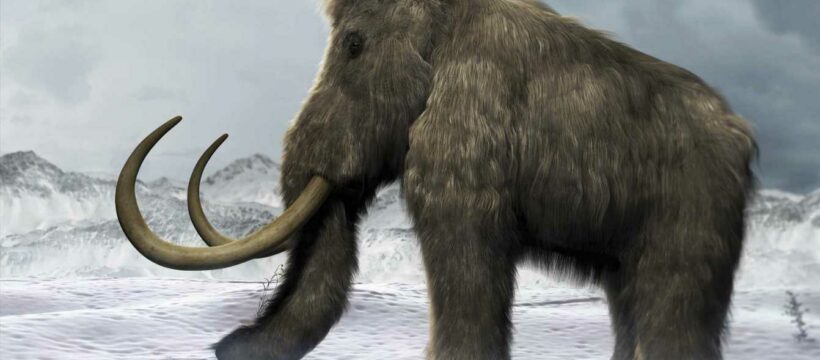WOOLLY mammoths were killed off by climate change and not humans, according to research.
Global warming happened so fast that vegetation disappeared and they starved to death.
The giant Ice Age herbivore's demise around 4,000 years ago has been debated for centuries.
Until now, prehistoric hunters had been the main suspects.
The cousins of today's elephants lived alongside early humans and were a regular staple of their diet.
The skeletons of the hairy animals were used to build shelters, harpoons were carved from their giant tusks, and artwork featuring them is daubed on cave walls.
Analysis of plant and animal remains, including urine, faeces and skin cells, now reveals that our ancestors were not responsible for the mammoth's demise.
The animals became extinct because when the icebergs melted, it became too wet for them to survive because the vegetation they ate was wiped out.
Most read in News
FAMILY'S FURY Monster gave Angel a life sentence but he'll be out in two years, say family
Thug who left girlfriend 'unable to walk or talk' poses with huge knife
Gran, 49, detained after grandson, 5, stabbed to death as family pay tribute
Ex-Spurs ace Chris Armstrong faces jail after PUNCHING Tesco worker over fags
Researchers looked at remains taken from soil samples collected over a period of 20 years from sites in the Arctic where mammoth remains were found.
New technology means scientists no longer have to rely on DNA samples from bones or teeth to gather enough genetic material to recreate a profile of ancient DNA.
The 10-year research project was led by Professor Eske Willerslev, a fellow of St John's College, University of Cambridge, and director of The Lundbeck Foundation GeoGenetics Centre, University of Copenhagen.
Prof Willerslev said: "Scientists have argued for 100 years about why mammoths went extinct.
"Humans have been blamed because the animals had survived for millions of years without climate change killing them off before, but when they lived alongside humans they didn't last long and we were accused of hunting them to death.
"We have finally been able to prove that it was not just the climate changing that was the problem, but the speed of it that was the final nail in the coffin – they were not able to adapt quickly enough when the landscape dramatically transformed and their food became scarce.
"As the climate warmed up, trees and wetland plants took over and replaced the mammoth's grassland habitats.
"And we should remember that there were a lot of animals around that were easier to hunt than a giant woolly mammoth – they could grow to the height of a double decker bus."
Dr Yucheng Wang, first author of the paper and a research associate at the Department of Zoology, University of Cambridge, said: "The most recent Ice Age – called the Pleistocene – ended 12,000 years ago when the glaciers began to melt and the roaming range of the herds of mammoths decreased.
"It was thought that mammoths began to go extinct then but we also found they actually survived beyond the Ice Age all in different regions of the Arctic and into the Holocene – the time that we are currently living in — far longer than scientists realised."
Prof Willerslev concluded: "This is a stark lesson from history and shows how unpredictable climate change is – once something is lost, there is no going back.
"Precipitation was the cause of the extinction of woolly mammoths through the changes to plants.
"The change happened so quickly that they could not adapt and evolve to survive."
The study is published in Nature.
In other news, scientists are planning to bring ancient beasts such as the Woolly Mammoth back to life using DNA splicing.
A woolly mammoth's astonishing life has been retraced – by scanning its six foot tusk.
An unusual fossil with a series of spikes has been revealed to be the remains of a new species of dinosaur.
And, a sharp-toothed, tree-climbing dinosaur discovered by researchers has been dubbed the "Monkeydactyl".
We pay for your stories! Do you have a story for The Sun Online Tech & Science team? Email us at [email protected]
Source: Read Full Article






